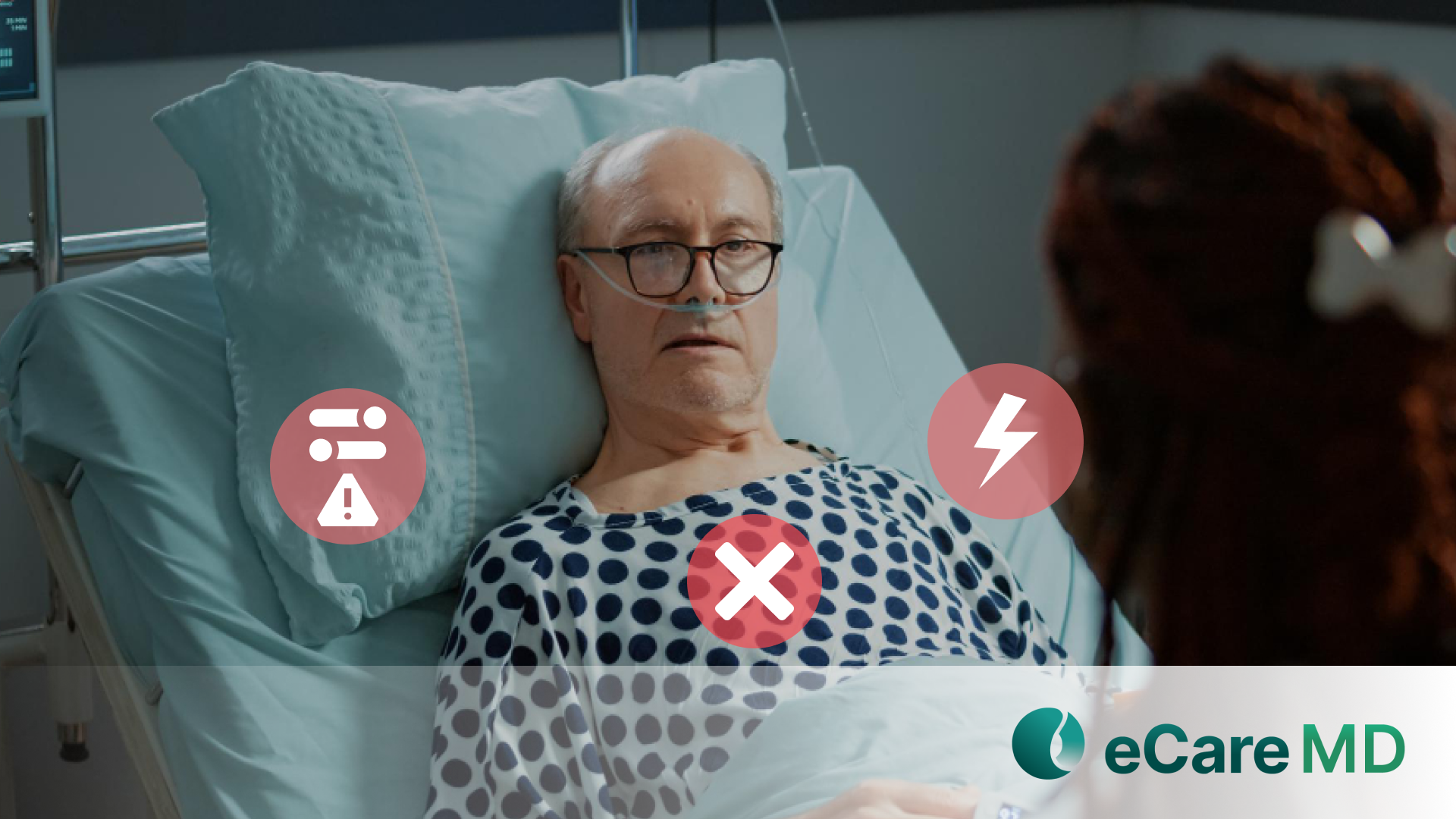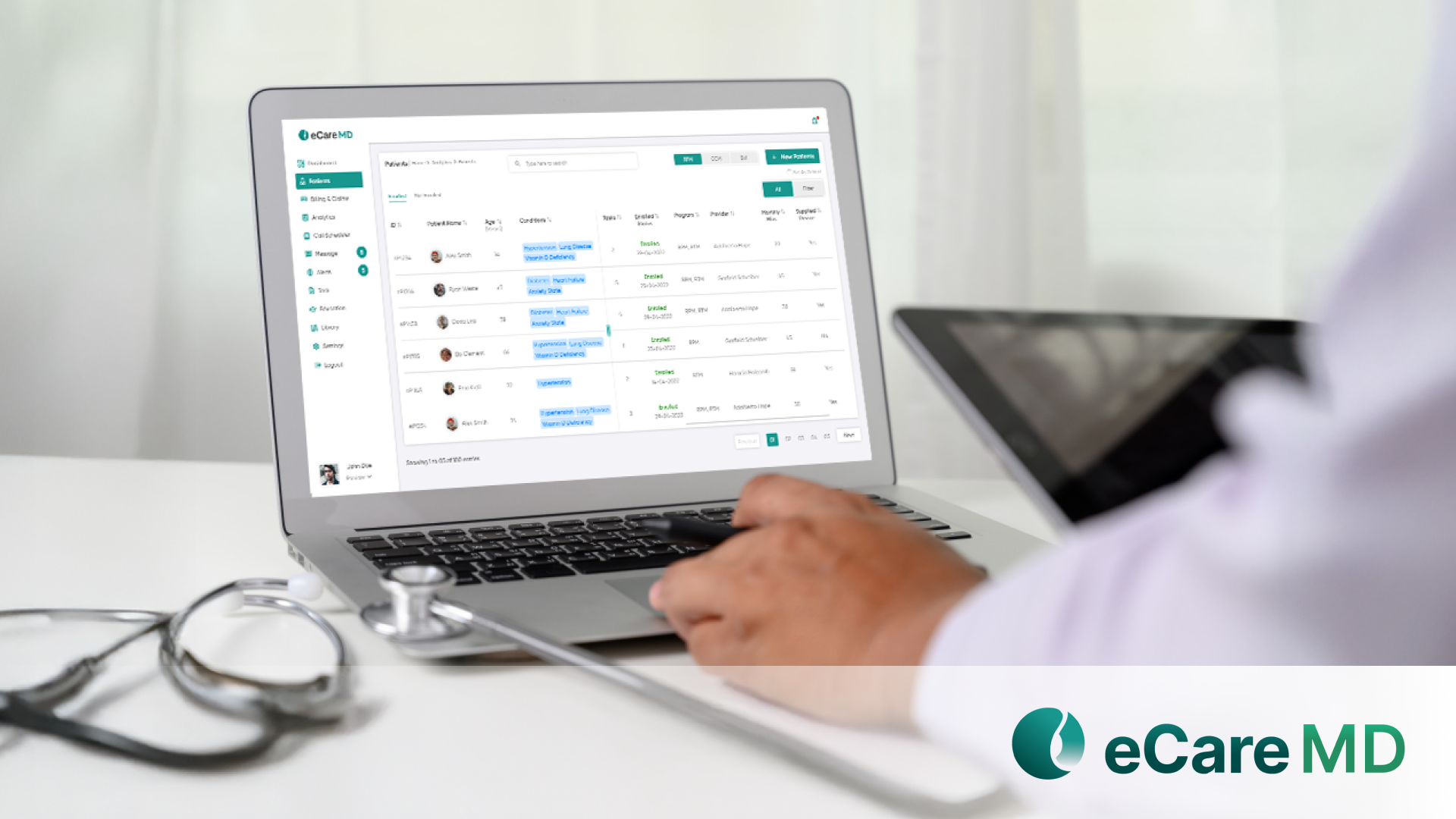Client Overview
The client is a Federally qualified health center (FQHC) serving around 860 patients in rural and remote areas where most of the patients have multiple chronic conditions such as Diabetes, Hypertension, COPD, and Depression. While providing care because of geographical limitations and workforce shortages, the center struggles with delayed care services and is unable to see patients on time.
Business Challenges
1. Lack of Centralized Coordination Across Providers
As they manage patients at different locations, the center lacks centralized coordination between its providers. The patients have their primary care at their local location, where the care team manages from another area. Many providers had to work collaboratively to treat patients’ different conditions; poor coordination creates difficulty between providers in delivering care within the right encounter. This results in a major gap between the care team, and many important interventions were missed due to insufficient timely insight from providers.
2. Delayed Interventions for High-Risk Patients
The unaccessibility of patients’ real-time health data, such as Vitals, occurring symptoms, and ongoing medications, went unrecognized, leading to serious ignorance towards patients based in rural areas. Such unrecognised high-risk patients were often hospitalized due to their poor health condition, causing dissatisfaction among patients and putting patients’ health at risk.

3. Difficulty Managing Overlapping Care Plans
For patients who have multiple chronic conditions like diabetes and hypertension, they might need different care plans, where, in a hard situation, the care team finds it hard to manage multiple care plans. As practice lacks a standardized format of care plans and a structured workflow to manage, most care plans went undocumented, missing clinical data, overlapping follow-up questions, updates, and delayed interventions.
4. Overburdened Care Teams and Limited Resources
While managing patients, the center could not track every task, appointment, or follow-up call for patients enrolled in multiple programs. In rural areas where patients might need urgent and constant care, the shortage of provider resources increases the burden on the care team and leads to frustration. These situations occur frequently where the care team needs to work 24/7 to track patients' needs, which they fail to do because of limited resources.
Solution
To address these challenges and improve the quality of care within the center, the client decided to transfer their workflow into a digital solution where the client has been referred the Medarch Inc. from the providers who has already partnered with Medarch Inc. After interacting with the business analyst team from medarch the ecareMD care management software were introduced which enables the program layered workflow, automated alerts, and collaborative dashboard to streamline quality care delivery, without increasing staff load. After the client adapted the eCareMD for their care Management center by targeting rural areas, the center increased its reach and minimized workload burden. Some of the key solutions were implemented through the eCareMD as follows;
Solution HIghlighted
1. Multicondition Program View Per Patient
The eCareMD’s dynamic dashboard allows providers to view all active programs (CCM, BHI, RPM) on a single screen. Providers can easily view which vitals, medication, and tasks are linked to a specific condition, ensuring clarity and reducing duplication in the treatment process. Additionally, providers can also view the total enrollment for each program along with month-specific filters, contributing to tracking patients with multiple programs enrolled.

2. AI-Driven Risk Prioritization Engine
The AI-enabled eCareMD system continuously reviews patient vitals, medication adherence, and communication logs to prioritize high-risk patients who have multiple chronic conditions. The alerts automatically generated by the patient’s critical vitals notify the care team regarding the patient’s critical situations, along with auto-suggested interventions.
3. Care Plan Collaboration with External Providers
eCareMD’s role-based access allows different providers, such as physicians, care managers, and specialists, to securely share their patient insights like care plans, notes, and updated vitals, ensuring collaborative workflows between the care team on a unified platform. These provide providers to more easily handle the workload across multiple chronic conditions.
4. Automated Alerts Across Conditions and Devices
The eCareMD includes medical device connectivity, where patients using connected blood pressure monitors, glucometers, oximeters, etc., can send their live data to the platform. Alerts are configured by condition and automatically generated to the related provider role (e.g., Nurse, primary care, dietitian).
Value Added
1. 58% Reduction in Emergency Visits for Multicondition Patients
Continuous monitoring and faster team coordination helped prevent avoidable critical situations by enabling earlier interventions. The multi-condition patient tracking successfully reduced the emergency visits by 58%, increasing patient satisfaction.
2. 40% Increase in Task Closure Rate Across Programs
With eCareMD ‘s patient outreach and AI-prioritized workflows, care management was able to reduce care gaps with fewer steps, increased 40% task closure rate across programs.
3. Improved Communication Across Provider Network
The multiple providers shared real-time insights, reducing unstructured care and gaining confidence in their care plan from all parties.
4. Stronger Patient Engagement and Trust
Patients experienced more coordinated, less repetitive outreach and felt supported by a single care team rather than different providers, leading to better adherence and satisfaction.

